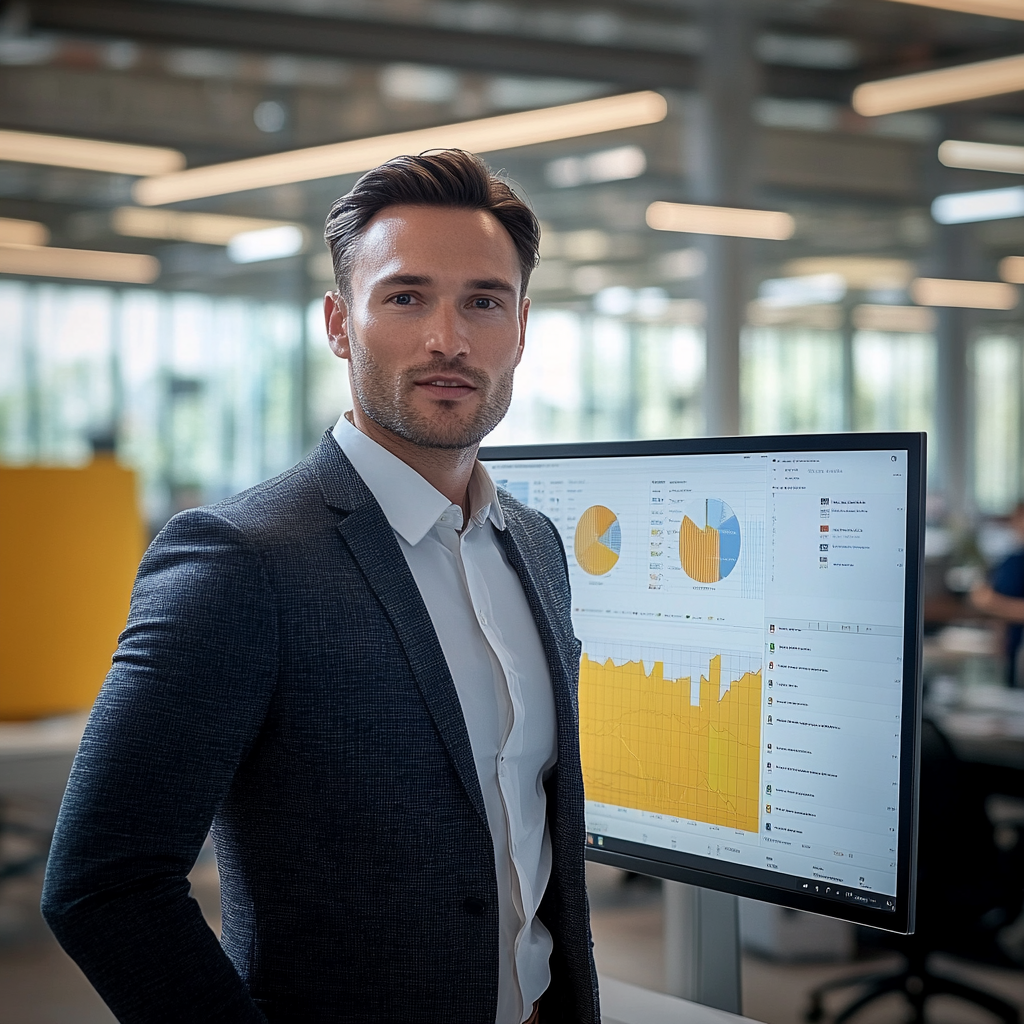Understanding Visual Reasoning Tasks
Visual reasoning tasks are essential challenges for artificial intelligence, requiring models to interpret and process visual information through perception and logical reasoning. These tasks can be applied in various fields such as medical diagnostics, visual mathematics, symbolic puzzles, and image-based question answering. Success here involves not just recognizing objects but also dynamically adapting, abstracting information, and making contextual inferences. AI models must analyze images, identify key features, and often provide explanations or solutions that involve a sequence of reasoning steps connected to the visual input.
Limitations of Current AI Models
Many existing AI models struggle to apply reasoning or adapt their strategies across a variety of visual tasks. Current approaches often rely heavily on pattern matching or rigid routines, making them inadequate for more complex problems that demand a creative solution. When faced with abstract reasoning or tasks that require looking beyond surface-level features, these systems often fail. They are constrained by their fixed toolsets and lack the ability to modify or expand their problem-solving approaches dynamically. This limitation represents a significant bottleneck in advancing AI capabilities.
Previous Approaches to Visual Reasoning
Earlier models, such as Visual ChatGPT, HuggingGPT, and ViperGPT, often rely on predefined workflows using fixed toolsets. These models process tasks linearly and lack the flexibility needed for more intricate analytical reasoning. Multi-turn interactions, which are essential for engaging in deeper levels of reasoning, are either absent or severely limited. As a result, these systems fail to harness the full potential of dynamic problem-solving, reducing their utility in complex domains.
Introducing PyVision
To address these limitations, researchers have introduced PyVision, a pioneering framework developed by teams from Shanghai AI Lab, Rice University, CUHK, NUS, and SII. PyVision enables large multimodal language models (MLLMs) to autonomously create and execute Python-based tools tailored for specific visual reasoning challenges. Unlike previous methods, PyVision is not tied to static modules. It dynamically builds tools in a multi-turn loop, allowing the system to change its approach mid-task, reflect on results, and adjust its reasoning across several steps.
How PyVision Operates
In practice, PyVision starts by taking a user query and corresponding visual input. The MLLM, such as GPT-4.1 or Claude-4.0-Sonnet, generates Python code based on this prompt, executed in an isolated environment. The output—whether textual, visual, or numerical—is fed back into the model. This feedback loop enables the model to revise its strategy, generate new code, and iterate until a solution is reached. PyVision supports cross-turn persistence, allowing variable states to be maintained between interactions. It also includes internal safety features to ensure robust performance even during complex reasoning tasks.
Performance Benchmarks
Quantitative benchmarks showcase PyVision’s effectiveness in improving visual reasoning capabilities. For instance, on the visual search benchmark V*, PyVision elevated the performance of GPT-4.1 from 68.1% to 75.9%, a +7.8% gain. In the symbolic visual reasoning benchmark VLMsAreBlind-mini, Claude-4.0-Sonnet’s accuracy surged from 48.1% to 79.2%, marking a remarkable 31.1% improvement. Additional enhancements were noted in other tasks, like +2.4% on MMMU and +2.5% on VisualPuzzles for GPT-4.1, and +4.8% on MathVista and +8.3% on VisualPuzzles for Claude-4.0-Sonnet.
These improvements depend on the strengths of the underlying models. Models that excel in perception tend to gain more from PyVision for perception-heavy tasks, while those strong in reasoning benefit more in abstract challenges, amplifying rather than replacing their capabilities.
Conclusion
In summary, PyVision marks a significant advancement in the realm of visual reasoning. It effectively tackles a fundamental limitation of traditional AI by empowering models to create problem-specific tools in real-time. This approach transforms static models into dynamic systems capable of thoughtful, iterative problem-solving. As PyVision integrates perception and reasoning, it represents a crucial step toward developing intelligent, adaptable AI solutions for complex visual challenges.
FAQs
- What is PyVision? PyVision is a framework that enables AI models to dynamically create and execute Python tools for visual reasoning tasks.
- How does PyVision differ from previous AI models? Unlike traditional models, PyVision allows for dynamic adaptation and multi-turn interactions, enhancing problem-solving capabilities.
- What are some applications of visual reasoning tasks? Applications include medical diagnostics, visual math, symbolic puzzles, and image-based Q&A.
- What improvements have been noted with PyVision? PyVision has shown significant improvements in performance benchmarks, enhancing the accuracy of various models across visual reasoning tasks.
- Who developed PyVision? PyVision was developed by teams from Shanghai AI Lab, Rice University, CUHK, NUS, and SII as part of ongoing research in AI.


























